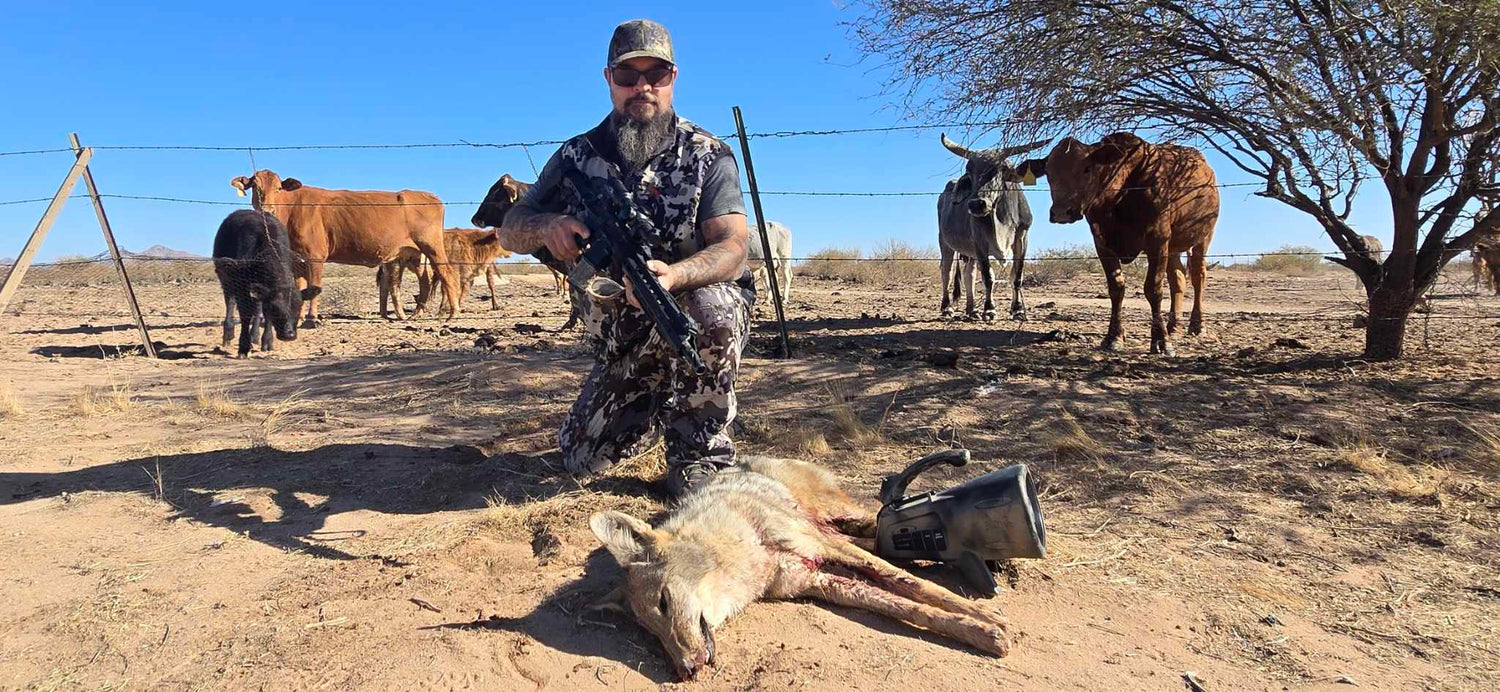
The Perfect Varmint Hunting Optic with Andy Fraga. Low Powered Variable Optics (LPVO)

Low-powered variable optics (LPVOs) are a popular choice for coyote hunting for several reasons:
Versatility: LPVOs typically offer a magnification range from 1x to 6x or 8x, which allows hunters to quickly adapt to different shooting distances. This means you can use the same scope for close-range shots as well as mid-range shots.
Wide Field of View: The lower magnification provides a wider field of view, making it easier to spot and track fast-moving targets like coyotes.
Quick Target Acquisition: With a lower magnification, LPVOs allow for faster target acquisition, which is crucial when hunting agile and quick animals.
Illuminated Reticles: Many LPVOs come with illuminated reticles, which improve visibility in low-light conditions, such as dawn or dusk when coyotes are most active.
Durability and Reliability: LPVOs are designed to be rugged and reliable, making them suitable for the harsh conditions often encountered during hunting trips.
Overall, LPVOs strike a good balance between magnification, field of view, and target acquisition speed, making them an excellent choice for coyote hunting


Coyote and predator hunting is often considered necessary for several reasons, particularly in areas where their populations are high or where they pose specific challenges. Here are a few key points:
Population Control: Coyotes and other predators can reproduce quickly and, if left unchecked, their populations can grow exponentially. This can lead to an imbalance in local ecosystems and the depletion of other wildlife populations.
Livestock Protection: In agricultural areas, coyotes and other predators can pose a significant threat to livestock, such as sheep, cattle, and poultry. Hunting helps to manage these predator populations and reduce the risk to farmers' livelihoods.
Disease Management: High populations of predators can lead to the spread of diseases such as rabies, mange, and distemper. Controlling their numbers can help reduce the incidence of these diseases in both predator and prey populations.
Wildlife Conservation: By managing predator populations, hunters can help to protect and conserve vulnerable or endangered species that may be preyed upon by these predators.
Ecosystem Balance: Predators play a crucial role in maintaining the balance of ecosystems. However, when their populations become too large, they can disrupt this balance, leading to a decline in biodiversity.
Economic Benefits: Hunting can provide economic benefits to communities through the sale of hunting licenses, equipment, and services. It can also support conservation efforts through funding generated from these activities.
It's important to note that predator hunting should be conducted ethically and in accordance with local regulations and guidelines to ensure that it contributes positively to ecosystem management and conservation efforts.
